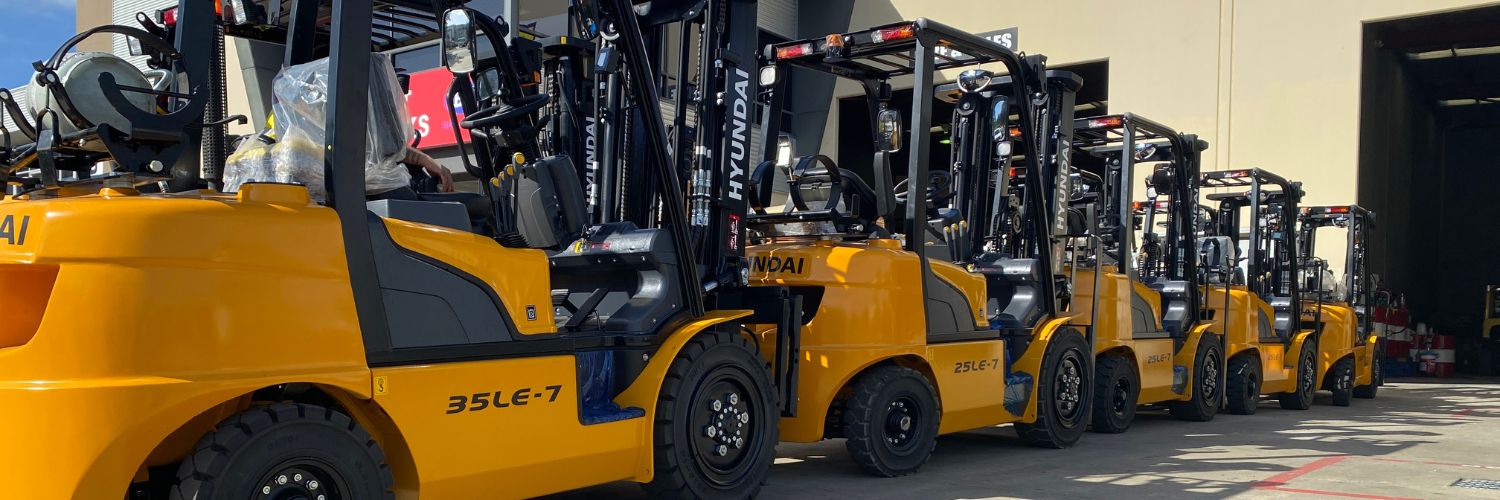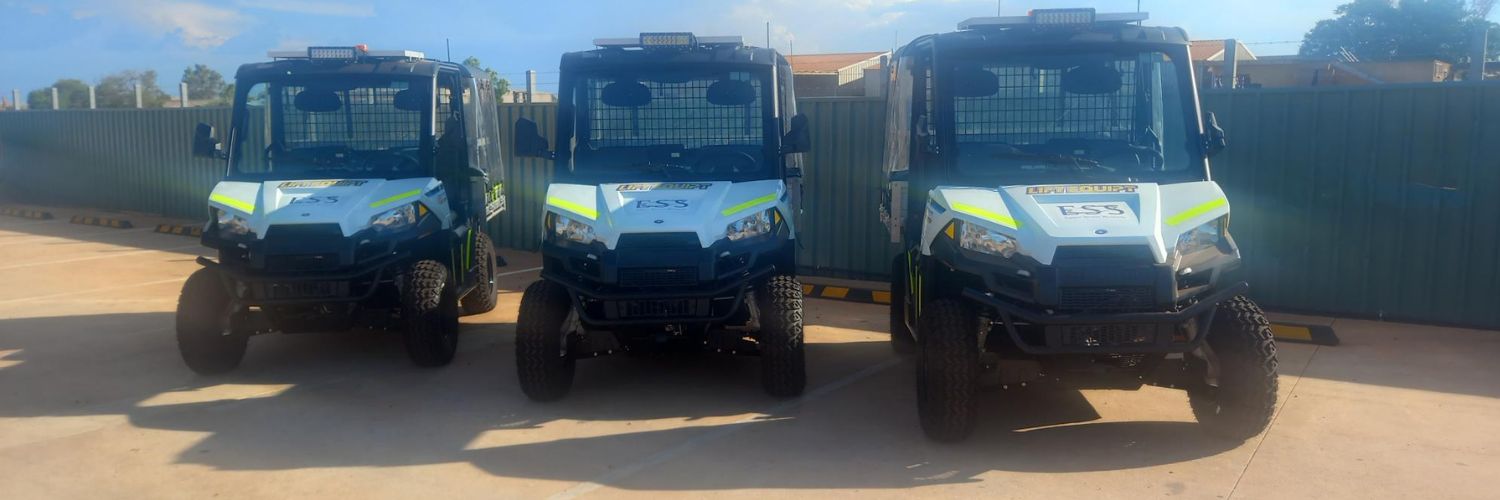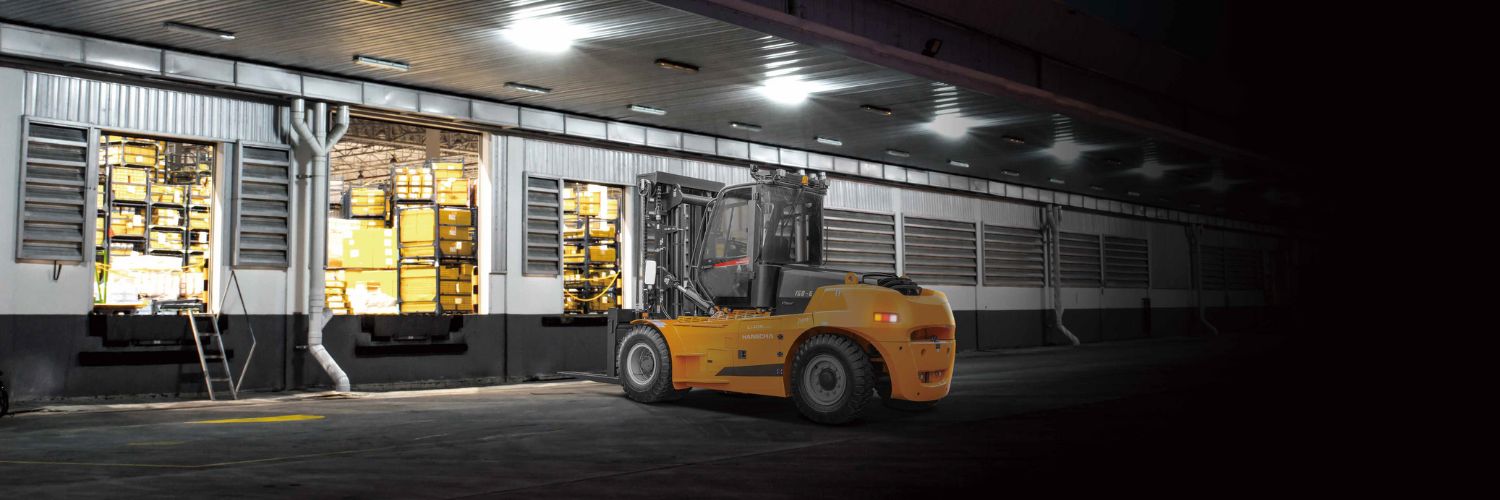
Maximizing Your Tax Benefits with EOFY Capital Equipment Purchases
Understanding EOFY Capital Equipment Purchases
Before diving into the tax benefits of capital equipment purchases, it's essential to understand what they entail. Capital equipment purchases refer to investments in assets used for business operations that can provide benefits to the business for several years.
Capital equipment purchases are a significant investment for any business, and it's important to understand what you're getting into before committing to a purchase. These purchases usually include vehicles, machinery, and computer equipment, among others. The Australian Taxation Office (ATO) defines these purchases as assets expected to last longer than a year, be used to produce income, and have a cost exceeding $300, excluding GST.
When making capital equipment purchases, it's important to consider the long-term benefits they can provide to your business. These purchases can improve your business's efficiency, productivity, and profitability, making them a worthwhile investment.

What are Capital Equipment Purchases?
Capital equipment purchases are a crucial aspect of any business's operations. These purchases can help businesses improve their operations, increase productivity, and reduce costs. However, it's important to note that capital equipment purchases can be a significant expense, and businesses must carefully consider their options before committing to a purchase.
When considering capital equipment purchases, businesses must consider the costs associated with the purchase, including maintenance, repairs, and replacement costs. It's essential to ensure that the benefits of the purchase outweigh the costs over the long term.
The Importance of EOFY in Tax Planning
Tax planning is essential for any business owner looking to maximize profits and minimize tax obligations. EOFY, in particular, plays a crucial role in ensuring that businesses can take advantage of available tax benefits, rebates and incentives while making strategic investments for future growth. Essentially, it's an opportunity for businesses to bring forward planned purchases and take advantage of available tax deductions.
EOFY is an excellent time for businesses to review their financial position and plan for the future. By taking advantage of available tax benefits, businesses can reduce their tax obligations and free up cash flow for other investments. Additionally, EOFY is an excellent time to review your business's operations and identify areas for improvement.
When planning for EOFY, it's important to consider your business's long-term goals and how capital equipment purchases can help you achieve them. By investing in capital equipment, businesses can improve their operations, increase productivity, and reduce costs, ultimately leading to long-term growth and profitability.

Towing and Payload Capacity
Capital equipment purchases can provide significant tax benefits for businesses. Investing in new equipment can help businesses improve their efficiency, productivity, and profitability. In addition, the Australian Taxation Office (ATO) offers several incentives to encourage businesses to invest in capital equipment.
When planning end-of-financial-year (EOFY) capital equipment purchases, businesses must factor in these benefits to optimize their tax planning efforts. In this article, we will explore the three main tax benefits of capital equipment purchases for businesses: immediate asset write-offs, depreciation deductions, and tax deductions for interest and financing costs.
Tax Benefits of Capital Equipment Purchases

Immediate Asset Write-Off
The immediate asset write-off is one of the most significant tax deductions for Australian businesses investing in capital equipment. This incentive allows businesses to claim an immediate tax deduction for the full cost of any assets with a value of up to $150,000, assuming they were purchased within the year. This deduction applies to businesses with an annual turnover of up to $500 million.
For example, if a business purchases a piece of equipment for $100,000, they can claim an immediate tax deduction for the full $100,000 in the same financial year. This can provide a significant cash flow benefit for businesses, as they can reduce their tax liability and reinvest the savings into their operations.
Depreciation Deductions
Depreciation deductions allow businesses to claim tax deductions for the loss of value over time of assets they have purchased. The ATO provides several ways to calculate depreciation deductions, such as the diminishing value method and the prime cost method.
For example, if a business purchases a piece of equipment for $100,000 and expects it to have a useful life of 10 years, they can claim a depreciation deduction of $10,000 per year for 10 years. This can help businesses reduce their taxable income and lower their tax liability over time.
Tax Deductions for Interest and Financing
Businesses that finance capital equipment purchases are eligible for tax deductions on interest and financing costs. These deductions can significantly lower the total cost of financing and reduce the tax liability of the business.
For example, if a business takes out a loan to purchase a piece of equipment, they can claim a tax deduction for the interest paid on the loan. This can help businesses reduce their overall financing costs and improve their cash flow.
In conclusion, capital equipment purchases can provide significant tax benefits for businesses. By taking advantage of immediate asset write-offs, depreciation deductions, and tax deductions for interest and financing costs, businesses can reduce their tax liability, improve their cash flow, and reinvest the savings into their operations.
Strategies for Maximizing Tax Benefits
Timing Your Purchases
Timing is critical in maximizing tax benefits from capital equipment purchases. Ideally, businesses should invest in capital equipment before the end of the financial year to take full advantage of the tax incentives available. However, it's important to consider the cash flow of your business and ensure that purchasing equipment won't cause any short-term financial strain.
Another strategy is to stagger your purchases throughout the year. This will allow you to take advantage of tax incentives as they become available, rather than waiting until the end of the financial year.

Choosing the Right Equipment
Choosing the right equipment is crucial in maximizing your tax benefits. When selecting capital equipment for purchase, consider its capacity to enhance your operations, its contribution to revenue growth, and its expected lifespan.
It's also important to consider the potential for future upgrades or modifications. Investing in equipment that can be easily upgraded or modified can save you money in the long run and increase the lifespan of the equipment.
Financing Options for Capital Equipment Purchases
Financing is a popular option for businesses looking to invest in capital equipment. Before opting for financing, it's essential to seek professional advice and explore different financing options to determine the most suitable one for your business.
Leasing is a common financing option that allows businesses to acquire equipment without the upfront costs of purchasing. This can be beneficial for businesses with limited cash flow or those looking to preserve capital for other investments.
Another financing option is a loan. Loans can provide businesses with the necessary capital to purchase equipment outright, allowing them to take full advantage of tax incentives and potentially save money in the long run.
Overall, maximizing tax benefits through capital equipment purchases requires careful planning and consideration. By timing your purchases, choosing the right equipment, and exploring financing options, you can optimize long-term growth and increase overall profits for your business.
Record Keeping and Documentation
Record keeping and documentation are essential for businesses to take full advantage of available EOFY tax benefits. Proper documentation of capital equipment purchases and their corresponding tax benefits will help businesses optimize future tax planning efforts and ensure they are claiming appropriate tax deductions and incentives.
However, maintaining proper documentation and records can be a daunting task for businesses. It requires attention to detail and a clear understanding of the available tax benefits. That's why it's important to have a system in place to ensure that all documentation is organized and easily accessible.
One way to ensure proper documentation is to maintain invoices and receipts for all capital equipment purchases. This will substantiate tax deductions and incentives and make it easier for businesses to claim appropriate tax benefits. Additionally, tracking capital equipment's depreciation and immediate write-off will assist businesses in claiming appropriate tax deductions and benefits.
Proper Invoicing and Receipts
Proper invoicing and receipts are essential for businesses to claim tax deductions and incentives for capital equipment purchases. Invoices and receipts should include the date of purchase, a description of the equipment, the purchase price, and any applicable taxes or fees. It's also important to keep a copy of the invoice or receipt in a safe and easily accessible place.
Moreover, businesses should ensure that all invoices and receipts are accurate and complete. Any errors or omissions could result in the loss of tax benefits and may even lead to penalties or fines.
Tracking Depreciation and Write-Offs
Tracking capital equipment's depreciation and immediate write-off is crucial for businesses to claim appropriate tax deductions and benefits. Depreciation is the decrease in value of an asset over time, while immediate write-off allows businesses to deduct the full cost of certain capital equipment purchases in the year they are made.
Businesses should keep track of the depreciation and write-off of capital equipment purchases to ensure they are claiming the appropriate tax benefits. This requires a clear understanding of the available tax benefits and a system in place to track the depreciation and write-off of each asset.

Working with a Tax Professional
Working with a tax professional can simplify the tax planning process and ensure the business takes full advantage of available tax benefits. Tax professionals can offer valuable insights into the most suitable financing options and overall strategy to optimize tax planning efforts. They can also provide guidance on how to properly document and track capital equipment purchases to maximize tax benefits.
Overall, capital equipment purchases offer an excellent opportunity for businesses to maximize tax benefits, increase profits, and position themselves for long-term growth. By understanding the available tax deductions, adopting suitable strategies, and maintaining appropriate documentation, businesses can take full advantage of EOFY capital equipment purchases.

